Eaha te 3003 aluminum alloy
3003 aluminum alloy is a kind of wrought AL-MN alloy, and it is also a representative product of 3000 anairaa aluminum alloy;
3003 aluminum alloy is a non-heat-treatable aluminum alloy and it can be cold-worked to obtain a tempered state with higher strength but lower ductility;

3003 Aluminum Alloy
Aluminum alloy 3003 is usually obtained by rolling. As a wrought alloy, it cannot be cast and is often used in sheet metal applications such as gutters, downspouts, Te mau nota, and siding.
Alternate of aluminum alloy 3003
| 3.0517 | A93003 | ISO standard 6361 | ASTM B209 |
| ASTM B210 | ASTM B211 | ASTM B221 | ASTM B483 |
| ASTM B491 | ASTM B547 |
aluminium 3003 composition
| Chemical Element | % Present |
| Vetahi ê (Taatoaraa) | 0.0 – 0.15 |
| Cobalt (Co) | 0.05 – 0.20 |
| Hydrogen (H) | 0.0 – 0.70 |
| Magnésium (Mg) | 1.00 – 1.50 |
| Silicon + Auri (Si+Fe) | 0.0 – 0.60 |
| Zirconium (Zr) | 0.0 – 0.10 |
| Te Tahi atu (Tata'itahi) | 0.0 – 0.05 |
| Aluminium (Al) | Te aifaitoraa |
3003 aluminium alloy properties
| Physical Property | Value |
| Te mau mana'o tauturu no te haapiiraa | 2.73 g/cm³ |
| Melting Point | 655 °C |
| Thermal Expansion | 23.1 x10^-6 /K |
| Te mau mana'o o te vai - mâ - raa | 69.5 GPa |
| Te haerea maitai i te pae no te haerea | 190 W/m.K |
| Te patoiraa i te uira | 0.034 x10^-6 Ω .m |
3003 aluminum density
The density of aluminium is about 2,710kg/m3. The density of the alloys of aluminium does not vary widely from this figure ranging between 2,640kg/m3 and 2,810kg/m3.
3003 aluminum alloy is an al-mn alloy, e 3003 aluminum density is slightly higher than that of pure aluminum, oia ho'i te 2.71 g/cm³.
Source:Wiki of 3003 aluminum alloy
3003 aluminium alloy Mechanical Properties
Although 3003 aluminum alloy has strong strength and machinability, it still exhibits different mechanical properties in different temper. The following are the machinability tables of several typical tempering states:
| Me'ume'u (Te mau mana'o tauturu no te) | Te horoa - noa - raa i te puai Min. (Te mau nota) |
Te puai no te ti'araa p (Te mau nota) |
Te mana'o hape (%) Min. |
Bend Diameter Factor,N |
|
| Min. | Max. | ||||
| 0.006 – 0.019 | 5.0 | 14.0 | 19.0 | 14 | 0 |
| 0.008 – 0.012 | 5.0 | 14.0 | 19.0 | 18 | 0 |
| 0.013 – 0.031 | 5.0 | 14.0 | 19.0 | 20 | 0 |
| 0.032 – 0.050 | 5.0 | 14.0 | 19.0 | 23 | 0 |
| 0.051 – 0.249 | 5.0 | 14.0 | 19.0 | 25 | 0 |
| 0.250 – 3.00 | 5.0 | 14.0 | 19.0 | 23 | – |
| Me'ume'u (Te mau mana'o tauturu no te) | Te horoa - noa - raa i te puai Min. (Te mau nota) |
Te puai no te ti'araa p (Te mau nota) |
Te mana'o hape (%) Min. |
Bend Diameter Factor,N |
|
| Min. | Max. | ||||
| 0.017 – 0.019 | 12.0 | 17.0 | 23.0 | 3 | 0 |
| 0.020 – 0.031 | 12.0 | 17.0 | 23.0 | 4 | 0 |
| 0.032 – 0.050 | 12.0 | 17.0 | 23.0 | 5 | 0 |
| 0.051 – 0.113 | 12.0 | 17.0 | 23.0 | 6 | 0 |
| 0.114 – 0.161 | 12.0 | 17.0 | 23.0 | 7 | 0 |
| 0.162 – 0.249 | 12.0 | 17.0 | 23.0 | 8 | 0 |
| 0.250 – 0.499 | 12.0 | 17.0 | 23.0 | 9 | – |
| 0.500 – 2.000 | 12.0 | 17.0 | 23.0 | 10 | – |
| Me'ume'u (Te mau mana'o tauturu no te) | Te horoa - noa - raa i te puai Min. (Te mau nota) |
Te puai no te ti'araa p (Te mau nota) |
Te mana'o hape (%) Min. |
Bend Diameter Factor,N |
|
| Min. | Max. | ||||
| 0.009 – 0.012 | 17.0 | 20.0 | 26.0 | 1 | 0 |
| 0.013 – 0.019 | 17.0 | 20.0 | 26.0 | 2 | 0 |
| 0.020 – 0.031 | 17.0 | 20.0 | 26.0 | 3 | 0 |
| 0.032 – 0.050 | 17.0 | 20.0 | 26.0 | 4 | 0 |
| 0.051 – 0.113 | 17.0 | 20.0 | 26.0 | 5 | 0 |
| 0.114 – 0.161 | 17.0 | 20.0 | 26.0 | 6 | 2 |
| 0.162 – 0.249 | 17.0 | 20.0 | 26.0 | 7 | 2 |
| 0.250 – 0.499 | 17.0 | 20.0 | 26.0 | 8 | – |
| 0.500 – 1.000 | 17.0 | 20.0 | 26.0 | 10 | – |
| Mechanical Properties | Metric | English |
| Te puai hopea | 200 MPa | 29000 Te mau nota |
| E horoa mai te mau ahuru taata i te puai | 186 MPa | 27000 Te mau nota |
| Te mau mana'o tauturu no te haapiiraa | 110 MPa | 16000 Te mau nota |
| Te mau mana'o o te vai - mâ - raa | 68.9GPa | 10000 Te mau nota |
| Shear Modulus | 25 GPa | 3630 Te mau nota |
What is the features of 3003 aluminum alloy
- Light weight: 3003 aluminum alloy is significantly lighter than other metal alloys, making it a popular choice for applications where weight reduction is important.
- Te puai rahi: Despite its light weight, 3003 aluminum alloy has a high strength-to-weight ratio, making it a durable and reliable material for a variety of applications.The hardness of 3003 aluminum is higher than that of 1000 anairaa aluminum (1050 aluminum, 1060 aluminum,1100 aluminum )
- Te aravihi i te pae no te ite: 3003 aluminum alloy has good formability, making it easy to fabricate into complex shapes and designs.
- Te patoiraa i te patoiraa: 3003 aluminum alloy has excellent corrosion resistance, making it a popular choice for outdoor and marine applications.
- Te hoê huru maitai i te pae no te mau mana'o: 3003 aluminum alloy has good weldability, making it easy to join and fabricate into complex structures.
- Good thermal conductivity: 3003 aluminum alloy has good thermal conductivity, making it a popular choice for heat exchangers, cookware, and other heat-sensitive applications.
- Good electrical conductivity: 3003 aluminum alloy has good electrical conductivity, making it a popular choice for electrical applications.
Eaha te 3003 aluminum used for
3003 aluminum alloy is widely used, and different 3003 aluminum alloy products have different applications;
Typical applications of 3003 aluminum alloy sheets are:
- Automotive Interiors
- Fuel Tanks
- Water Tanks
- Automotive Heat Shields
- Decorative Parts
- Pressure Vessels
- Heat exchangers
- Corrugated roofing
- Cooking utensils & kitchen equipment
- Garage Doors
- Refrigerator Panels

3003 Aluminum For Cans
The applications of 3003 aluminum Tread Plate are:
- car skid plate
- Trim
- Ornamental
- Steps
- Upstairs
- Floating Docks
- Walkways
- Truck Tool Boxes
3003 aluminum coil application:
 |
 |
| 3003 Aluminum For Cans | 3003 Aluminum For Lampshade |
3003 aluminum strip application:
- Armored cable
- Transformer
3003 aluminum price
3003 aluminum is a perfect combination of weight and hardness in terms of performance. Oia mau, there is another reason why 3003 aluminum can be used in many industries;
The perfect combination of performance and price can also be used to describe 3003 aluminum;
The price of 3003 aluminum is slightly higher than that of 1000 anairaa aluminum alloys (150/1060/1100) but much lower than that of 5000 anairaa aluminum alloys. No reira, 3003 aluminum has a high cost performance and is widely used in the market;
Factors affecting the price of 3003 aluminum:
- Aluminum ingot price (raw material)
- Processing cost
- Exchange rate
- Packing and Shipping Fees
3003 aluminum vs 6061
The biggest difference between 3003 aluminum e 6061 aluminum is that 3003 aluminum cannot be heat treated, while 6061 can be strengthened by heat treatment;
There is also a big difference between the two in terms of performance. We take 6061-T6 and 3003-H18 as examples for comparison;

3003 te mau 6061 aluminum alloy
|
Material properties |
Huru 6061 Aluminum alloy |
Huru 3003 Aluminum alloy |
||
|
Units |
Metric |
English |
Metric |
English |
|
Te horoa - noa - raa i te puai |
276 MPa |
40000 Te mau nota |
185 MPa |
26800 Te mau nota |
|
Bearing Yield Strength |
386 MPa |
56000 Te mau nota |
262 MPa |
38000 Te mau nota |
|
Te mau mana'o tauturu no te haapiiraa |
207 MPa |
30000 Te mau nota |
110 MPa |
16000 Te mau nota |
|
Te paari (Brinell) |
95 |
55 |
||
|
Te aravihi i te pae no te mau aravihi |
Maitai |
Te mau mana'o tauturu no te |
||
Price comparison 3003 aluminum vs 6061
3003 aluminum alloy yield strength, shear strength, Te mau mana'o tauturu no te, Te ti'amâraa ia ma'iti, e te tahi atu â. are not as convenient as 6061 aluminum, tera râ, 3003 aluminum alloy has its own advantages, that is the price. The price of 3003 aluminum is much lower than that of 6061, so the application of 3003 aluminum is more for extensive.
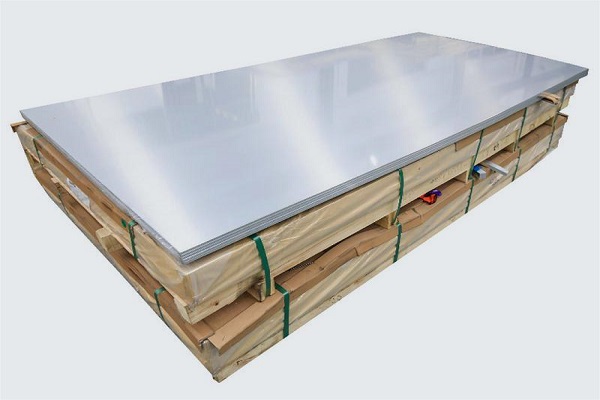

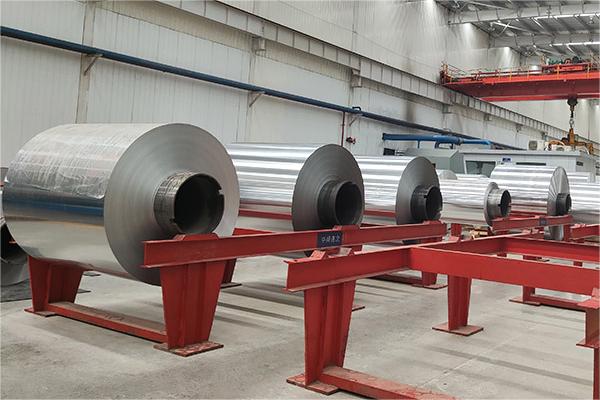
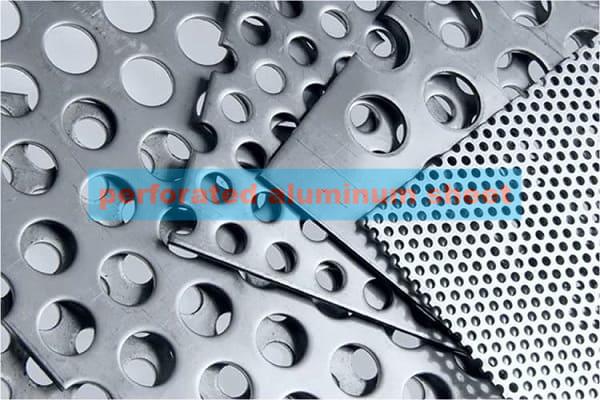
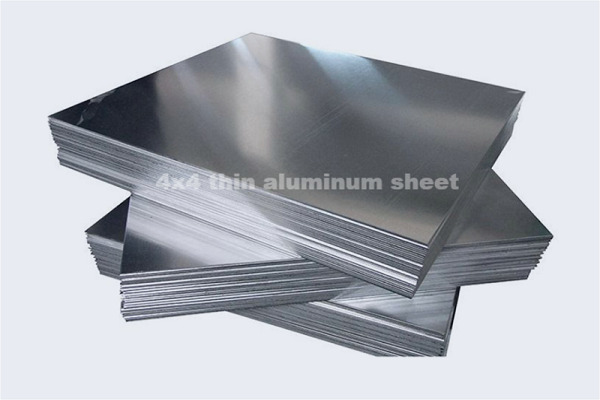
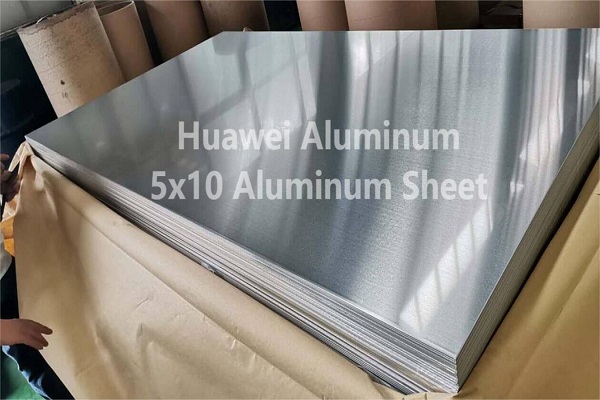



A vaiiho i te hoê pahonoraa